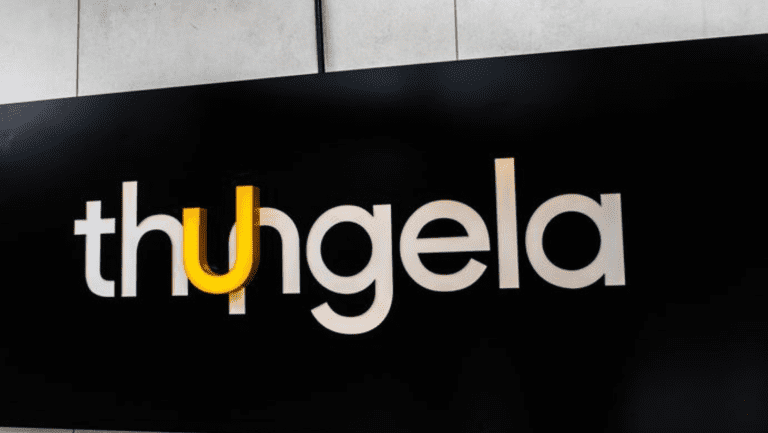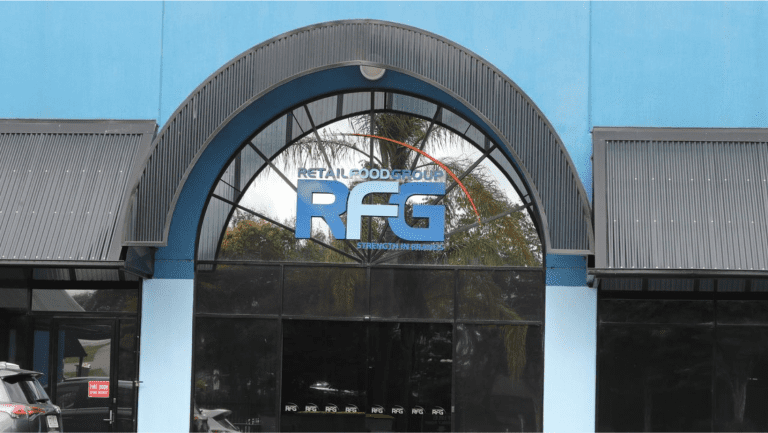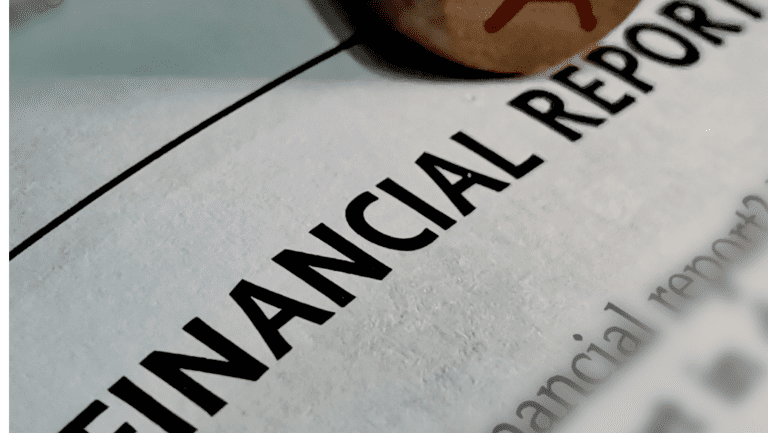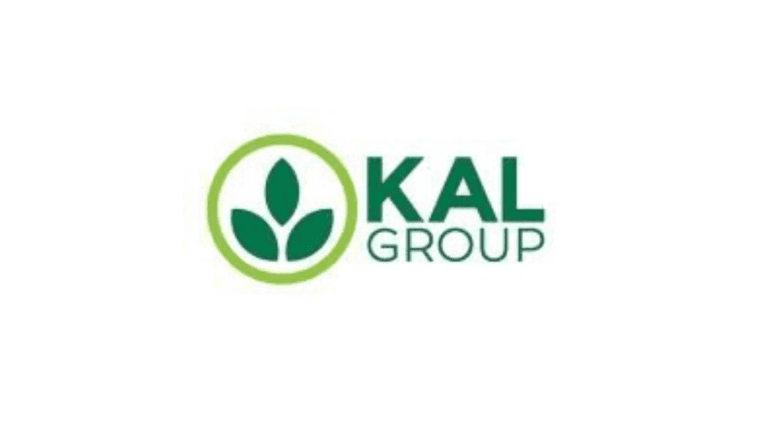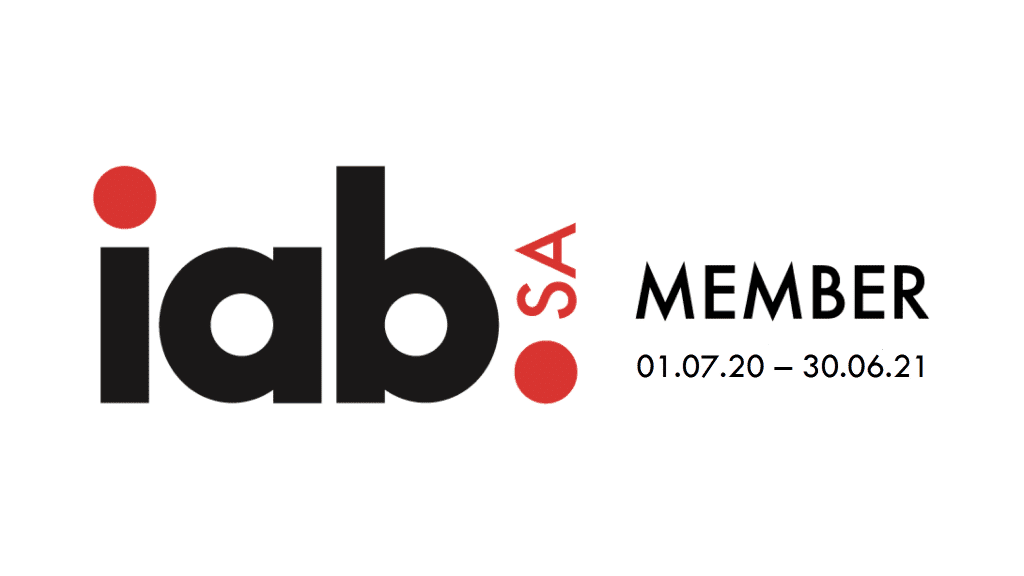If you have the right tools, selecting the best home loan for you can be a piece of cake. Home loans are some of the best financial tools that can be used to own a home in South Africa, and for many South Africans, home loans are their only option.
There are several factors to consider when selecting a home loan to finance the house of your dreams. When it comes to buying a house in the most efficient manner, there is no one-size-fits-all solution. It all depends on the buyer’s goals for purchasing a home.
There are numerous types of home loans available in South Africa, and the number is growing. To get to that one home loan provider, certain considerations must be made in order to get the best deal on a home loan.
Here are 6 things you should do to get the best home loan.
1. Get the credit score right
There will be no home loan approval with a bad credit score, so the first step is to improve your credit score. Different lenders have different credit requirements, but when trying to buy a home on credit, it is preferable to have a good credit score.
A good credit score varies depending on which credit bureau you use, but we recommend that it be above 700/1000. A credit score of over 700 at the time of application ensures that the applicant will be considered for a home loan.
A credit score can be built over time, this step should be approached in stages. You can try to improve your credit score if you have a bad one. If you are in debt, now is the time to contact a debt counsellor to help you improve your credit score and create a better repayment plan.
If you have a low credit score, you can learn more about improving your credit score. Building your credit score can take months or years, but the results are well worth the wait.
2. Consider funding some of your home loan with Flisp
Those earning between R3,501.00 and R22,000.00 per month can get a portion of their home loan subsidized through the Finance Linked Subsidy Program (FLIPS). Flisp offers home buyers a home loan subsidy ranging from R27,960.00 to R121,000.00 based on their monthly income.
Most South African banks and other lenders automatically assist customers who qualify for FLISP subsidies to apply for the subsidies. FLIPS assists home loan holders in completing or paying lower monthly installments by making a lump sum payment towards a home loan.
3. Learn the type of home loan that is right for you
Following consideration of the FLIPS housing subsidy, the next step is to determine which home loan best meets your desired home loan needs. You may wish to construct a new home from scratch, purchase an existing home, or extend an existing home, among other options. You will know which home loan you require based on your situation.
Knowing which home loan you require allows you to narrow down the list of home financiers to those who offer home loans that meet your loan preferences. As a result, you will be able to select a bank that can provide you with specialized credit that may include value-added services.
4. Compare rates from lenders
Now that you know what type of home loan you need, the next step is to compare home loan rates from various lenders. To check the rates for home loans, one can go directly to the bank’s website. Alternatively, you can use a website like Ooba Homes to find the best home loan rates.
The rates displayed in the search results are estimates and do not guarantee that you will receive the same rate after applying. You will be able to further narrow down the home loan of the lenders and products that you are satisfied with based on the results.
You will most likely choose the lowest rates; with this knowledge, you will at least know how much you are likely to repay per month. Moreover, you will also know how much money you can save by choosing one lender over another.
5. Getting a pre-approval
After narrowing the list of home loan providers, the next step is to obtain pre-approval. A home loan pre-approval must be obtained from the bank with the best interest rate, which is the lowest rate available.
A pre-approval gives you an estimate of how much loan you will get and what interest rate you will pay based on your current income and credit score. Lenders may even allow a prospective client to choose a specific house or apartment and obtain pre-approval for it.
A pre-approval uses a soft credit check, so having a good credit score is required before performing a pre-approval. A pre-approval shows the likelihood of obtaining a home loan, the loan amount you may be eligible for, the applicable interest rate, the required deposit, and the duration of the loan.
6. Choose the best deal
Following a pre-approval from one or more lenders, the next step is to select the best deal from a pool of options. After receiving a pre-approval, the borrower must apply for the loan. To begin the application process, the applicant must obtain an offer to purchase from the homeowner.
After the home loan is approved, the bank or the applicant can apply for a FLISP subsidy. The FLISP subsidy will then make a payment to the lender at a specific stage of the home loan to subsidize the loan. However, until FLISP makes a lump sum payment to the lender, the debtor must pay full installments.
Conclusion
Choosing the best home loan requires some thought and consideration. By rushing into a home loan deal, you may be leaving a lot on the table in terms of higher interest rates. Getting minor details in order, such as a credit score in check can help a home buyer get the best deal on the market.






